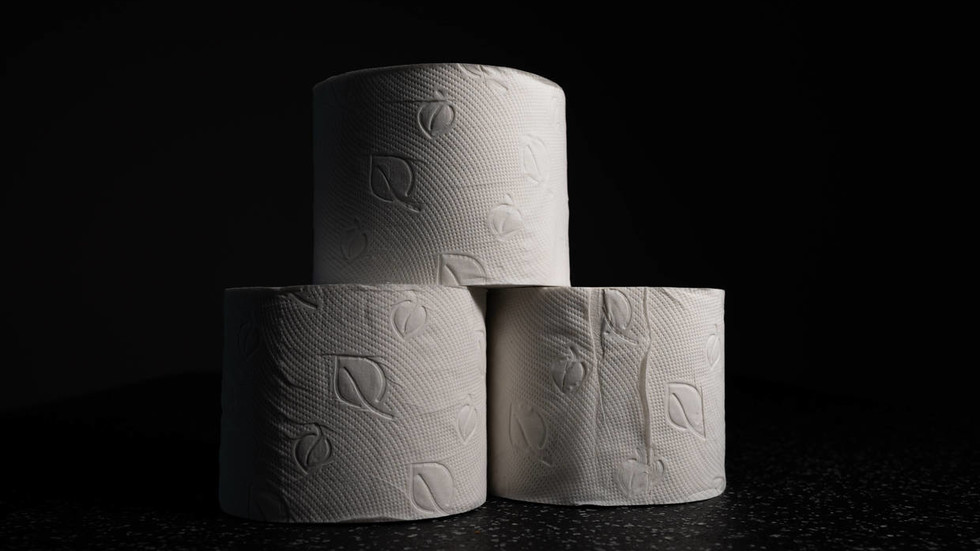
A fresh study indicates it might contain hazardous chemicals that have been linked to cancer and other diseases

FILE PHOTO. © Global Look Press / www.imago-images.de / Ulrich Roth
Toilet paper worldwide contains per- and polyfluoroalkyl substances (PFAS) and may be a major source of water pollution, a new study by researchers at the University of Florida suggests.
According to the study, published by the Environmental Science & Technology Letters journal, the team tested rolls from 21 major toilet paper brands sold in the Americas, Africa and Europe, as well as sewage samples from eight wastewater treatment plants in Florida. Both toilet paper and sewage sludge turned out to contain PFAS, with so-called diPAPs, specifically, 6:2 fluorotelomer phosphate diester (6:2 diPAP), found to be the most abundant compound.
Based on the findings, available data on PFAS levels in sewage and per capita toilet paper usage in other countries, the researchers estimated that toilet paper can contribute to 89% of the 6:2 diPAP in wastewater in France, as well as to 35% in Sweden. At the same time, the hygienic implement is responsible for only about 4% of the compound in wastewaters in Canada and the US, according to the study.

The researchers acknowledged the sharp discrepancy, stating that “additional research is needed to explore whether toilet paper might be a greater contributor to total PFAS in North American wastewater and if the diPAPs from toilet paper might be transforming through the wastewater collection and treatment system.”
Brands that used recycled paper and those containing non-recycled paper turned out to have similar levels of PFAS in them. The researchers noted the chemicals were not necessarily used knowingly by toilet paper manufacturers, but might have been introduced with raw paper or originated from machinery used in the manufacturing process.
The PFAS is a group of some 14,000 man-made chemicals, typically used to make various consumer goods heat and water resistant. The compounds are commonly known as “forever chemicals,” since they hardly degrade naturally.
The PFAS chemicals end up polluting groundwater and, ultimately, making their way back into the food supply. The compounds have been linked to various cancers, fetal damage, liver and kidney diseases, as well as other serious health disorders. The 6:2 diPAP, for instance, might be linked to impaired testicular function in men, according to earlier studies.




